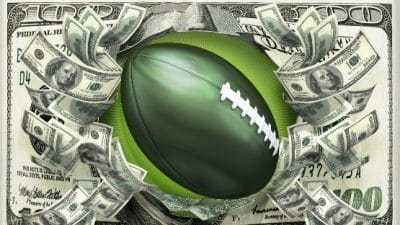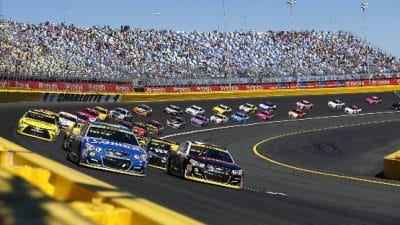
The most recent survey found that, in contrast to surrounding states, the amount of land in farms in Virginia increased by more than 229,000 acres, to a total of 8.33 million acres. The average farm size also grew by 10 acres, to 181 acres.
“Based on the preliminary report, we noticed that any Virginia farm that has 100 acres or more increased in size in 2012,” said Herman Ellison, Virginia statistician for the USDA’s National Agricultural Statistics Service.
“The other category we can look at is farms by economic class. (In 2012), farms that generated $50,000 in income or more also increased in number, while our (smaller) farms generating less than $50,000 a year decreased” from 41,645 in 2007 to 39,113 in 2012.”
It’s hard to draw strong conclusions from the preliminary report, Ellison said; the full census report is expected in May. But he noted that 2012 was a year with record prices for grain farmers.
“That’s when we had high grain prices for corn, soybeans and wheat. This is also the year there was a major drought in the Midwest grain areas. Our corn yields didn’t do so well, but we had a record year for soybean production.”
Timing might have been everything when it came to the larger numbers for Virginia farmland, said Dr. Gordon Groover, an associate professor in Virginia Tech’s Department of Agricultural and Applied Economics. He speculated that higher grain prices going into 2012 might have led some farmers to convert pastures and hay land to crop production, especially in Southside Virginia. As for farms getting larger, that’s a long-term trend he wasn’t surprised to see continue.
“If capital inputs like tractors, buildings and land prices have increased in costs, the one way for farmers to stay current is to expand production and reduce the fixed cost per unit of production,” Groover said.
Tony Banks, assistant director of commodity marketing for Virginia Farm Bureau Federation, said the Census of Agriculture “is a five-year snapshot that captures an image of the agricultural economy. In 2012 we saw high grain and oilseed prices and higher meat and dairy prices. But many areas of Virginia, as well as the nation, were experiencing drought” and were affected by other circumstances not captured by the census, such as severe weather and exchange rates.
That means that, while the latest census paints a good picture for Virginia agriculture, the battle for farm profitability never ends, Banks said.
“In 2014 grain prices are expected to trend lower, and cattlemen are trying to rebuild their herds after a couple years of drought and responding to higher beef prices. So farmers are always facing an ever-changing set of factors.”
Among general trends in the preliminary census report, the average age of a Virginia farmer crept up again, from 58 to 59. The number of Virginia farmers dropped from 47,383 in 2007 to 46,036 in 2012, and the number of female farmers declined from 7,846 in 2007 to 7,653 in 2012.










